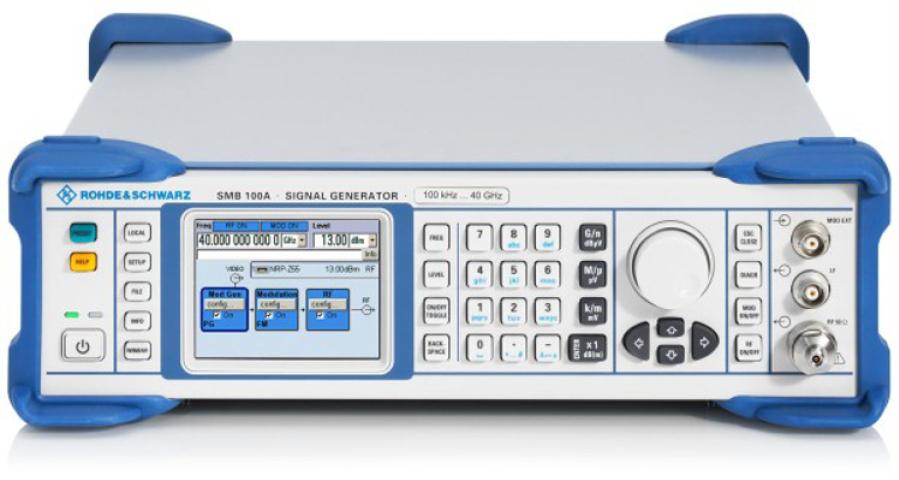The global automotive electronics market comprises electronic components, devices and software used in vehicles for enhanced safety, entertainment and connectivity features. Automotive electronics aids in vehicle electrification, autonomous driving, telematics and infotainment solutions. Advanced driver-assistance systems, smart sensors, network controllers and multimedia interfaces are increasingly being integrated in modern automobiles.
The Global Automotive Electronics Market is estimated to be valued at US$ 299.77 Bn in 2024 and is expected to exhibit a CAGR of 7.4% over the forecast period 2024 To 2031.
Key Takeaways
Key players operating in the Automotive Electronics market are Aptiv PLC, BASF SE, Broadline Components, LLC, Continental AG, Denso Corporation, Hitachi Ltd., Infineon Technologies AG, Jabil Inc. and Magna International Inc. Key players are focusing on developing cutting-edge automotive electronic components such as ultrasonic sensors, LiDAR systems, gateway modules and high-performance computing platforms to capitalize on the growing demand for connected and autonomous vehicles.
The rising Automotive Electronics Market Demand for advanced driver-assistance systems, electric vehicle drivetrains and infotainment solutions is driving growth. Growing sales of luxury and premium vehicles equipped with latest connectivity and safety features is also fueling the need for automotive electronics.
Geographical expansion into emerging economies is another key strategy adopted by automotive electronics manufacturers. Significant Investment in manufacturing facilities in Asia Pacific and Latin America by major players will further support the automotive electronics market over the forecast period.
Market Key Trends
One of the key trends in the automotive electronics market is the increasing connectivity of vehicles. Vehicle manufacturers are integrating wired and wireless network controllers to enable features like remote diagnostics, over-the-air updates, telematics and connected car apps. This digitalization of transportation is driving the demand for advanced electronic control units, network processors and communication modules. Furthermore, technologies like 5G networking are poised to transform the connected mobility landscape by enabling real-time updates and multimedia streaming in self-driving vehicles. The rise of connected cars will thus fuel innovative automotive electronic solutions over the next decade.
Porter’s Analysis
Threat of new entrants: New entrants face significant costs for manufacturing and acquiring new technologies and brand recognition.
Bargaining power of buyers: Large automobile manufacturers have substantial bargaining power over automotive electronics suppliers given their size.
Bargaining power of suppliers: Component suppliers have some bargaining power over automakers given their specialized expertise and importance for vehicle production. Threat of new substitutes: Technological advancements may lead to substitutes like autonomous and electric vehicles.
Competitive rivalry: Intense competition between major global players to develop innovative products and solutions.
The geographical region where the automotive electronics market is currently concentrated in terms of value is North America. This is because of the presence of major automakers and automotive electronics manufacturers in the US and Canada. Asia Pacific is the fastest growing region for the automotive electronics market due to increased electronic content per vehicle and rising vehicle production in countries like China and India.
Get More Insights on - Automotive Electronics
For Deeper Insights, Find the Report in the Language that You want:
About Author:
Ravina Pandya, Content Writer, has a strong foothold in the market research industry. She specializes in writing well-researched articles from different industries, including food and beverages, information and technology, healthcare, chemical and materials, etc. (https://www.linkedin.com/in/ravina-pandya-1a3984191)




